General information on amphibians’ environment.
The amphibians of madagascar.
Madagascar is home to an incredible variety of amphibians, showcasing some of the most unique and diverse species on the planet. The island’s rich biodiversity is due in part to its isolated evolution, which has allowed these amphibians to develop remarkable adaptations to thrive in their specific environments.
Amphibians Adaptation in Madagascar.
Amphibians in Madagascar have evolved unique traits that help them survive in the island’s diverse ecosystems. One of the most notable examples is the mantella frogs. These small, brightly colored amphibians are known for their ability to adapt to different habitats, from rainforests to dry, rocky areas. Some species have developed poison as a defense mechanism against predators, while others have specialized skin patterns that provide camouflage.
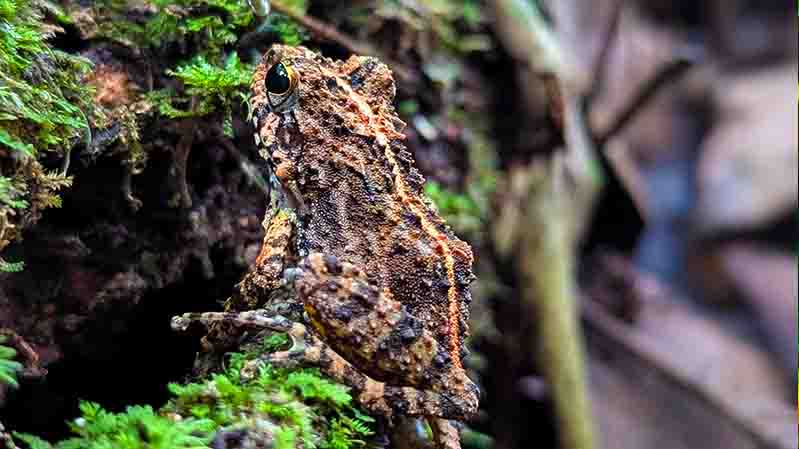
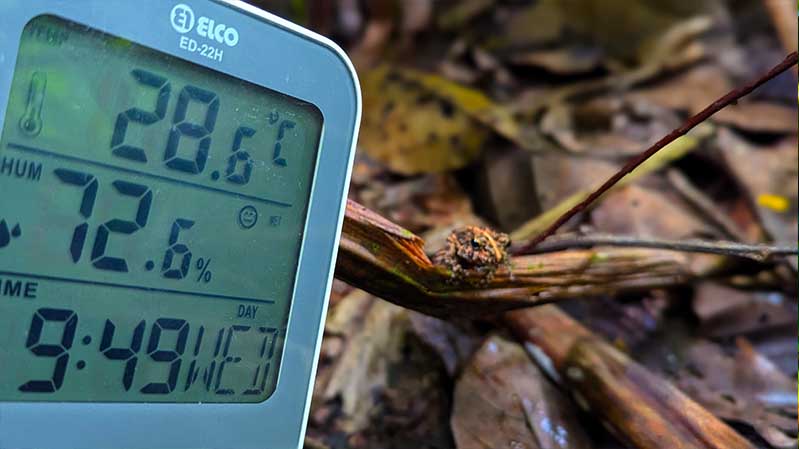
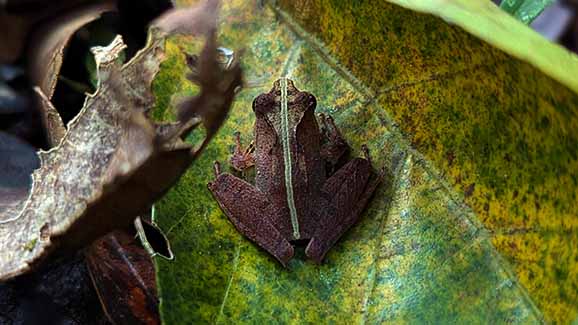
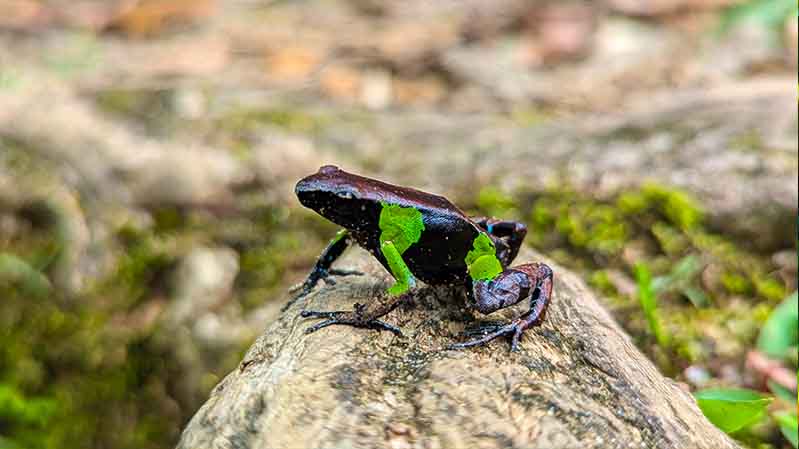
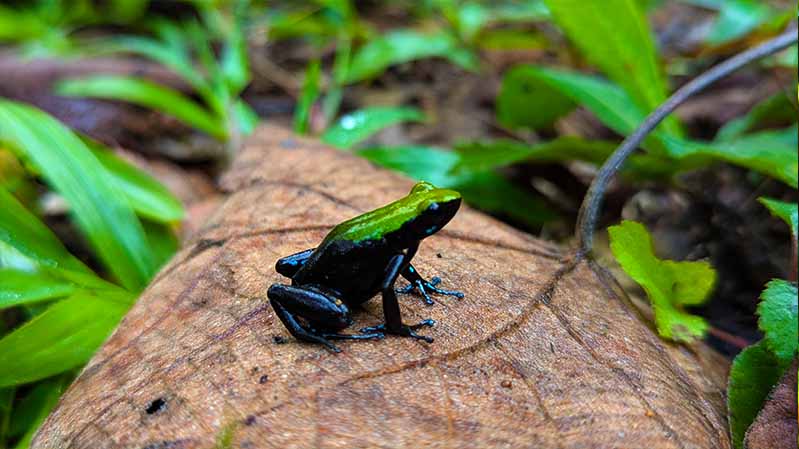
Amphibians Environment.
Madagascar’s varied landscapes—from lush rainforests to arid drylands—provide a range of environments for amphibians to inhabit. The rainforests of the east coast are home to a wide variety of amphibians, including mantella frogs, which thrive in the humid, wet conditions of these forests. In contrast, species found in the more temperate areas, such as the highlands, have adapted to more seasonal environments with fluctuating moisture levels.
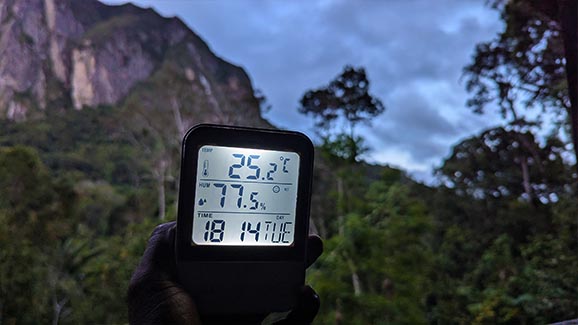
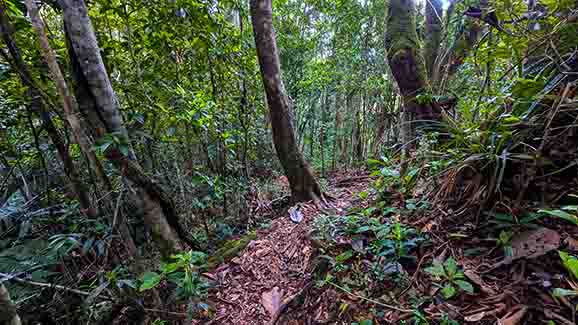
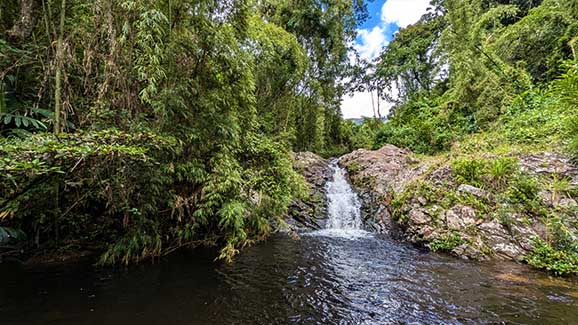
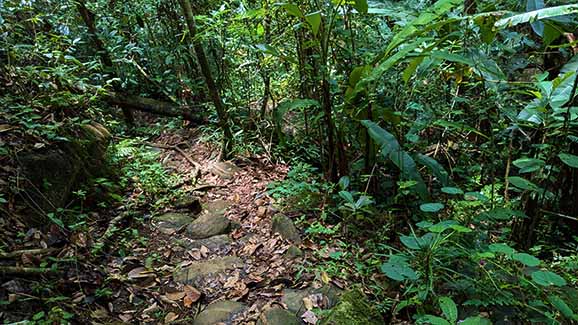
Amphibians Temperature and Humidity.
Temperature and humidity are crucial factors for amphibians in Madagascar. Being ectothermic creatures, amphibians rely on external temperatures to regulate their body heat. The high humidity levels in Madagascar’s rainforests help many amphibians stay hydrated and prevent desiccation, especially for species like the mantella frogs, which require consistent moisture to thrive.
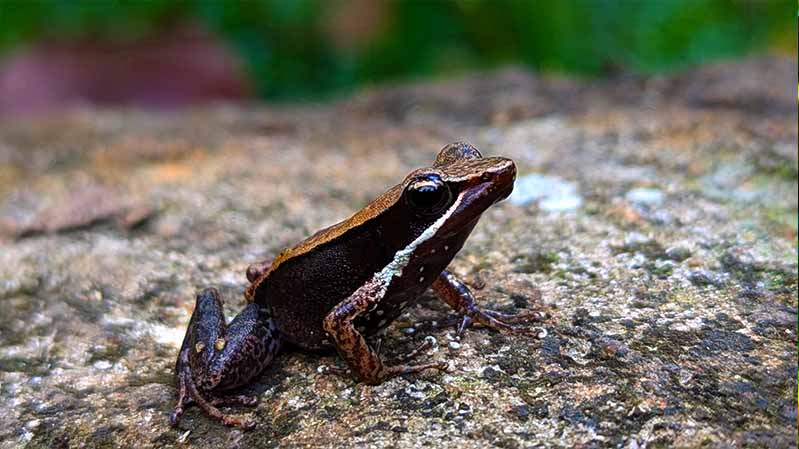

However, some species have adapted to harsher, drier environments by becoming nocturnal or burrowing underground during the hottest part of the day. These adaptive behaviors help them conserve moisture and survive in regions with lower humidity or more extreme temperature fluctuations.
